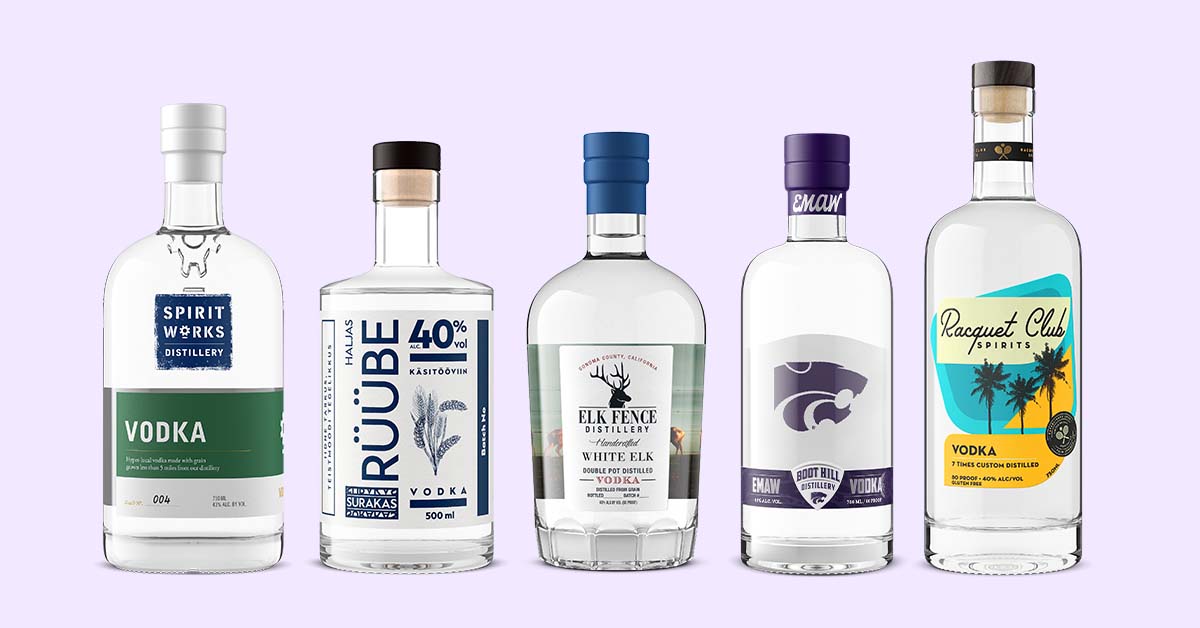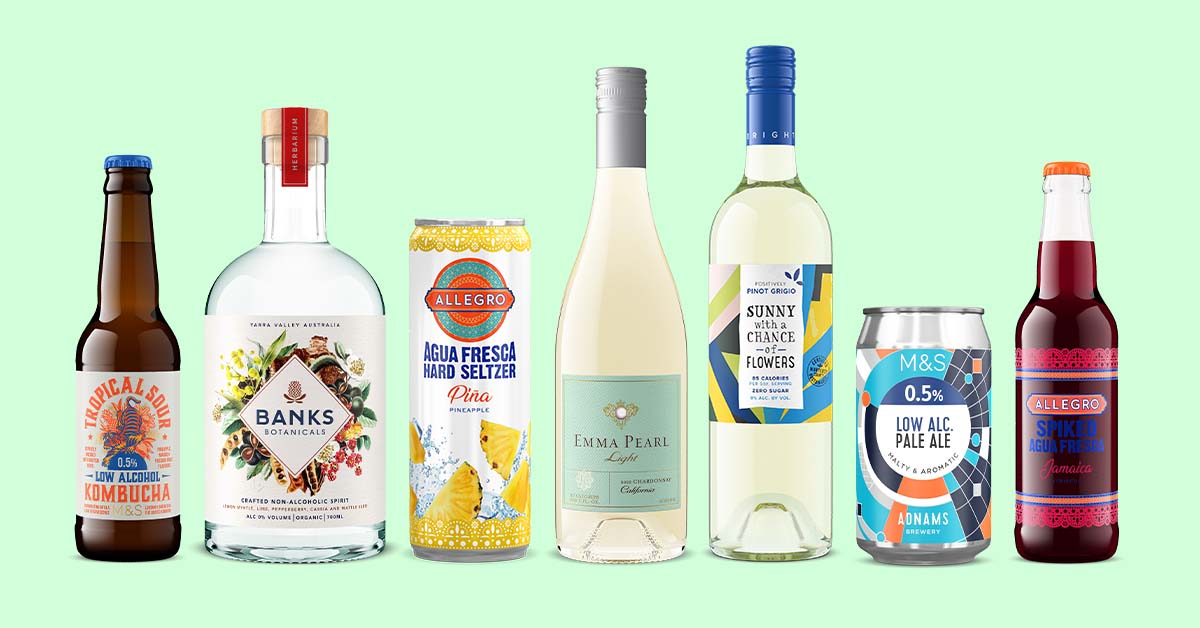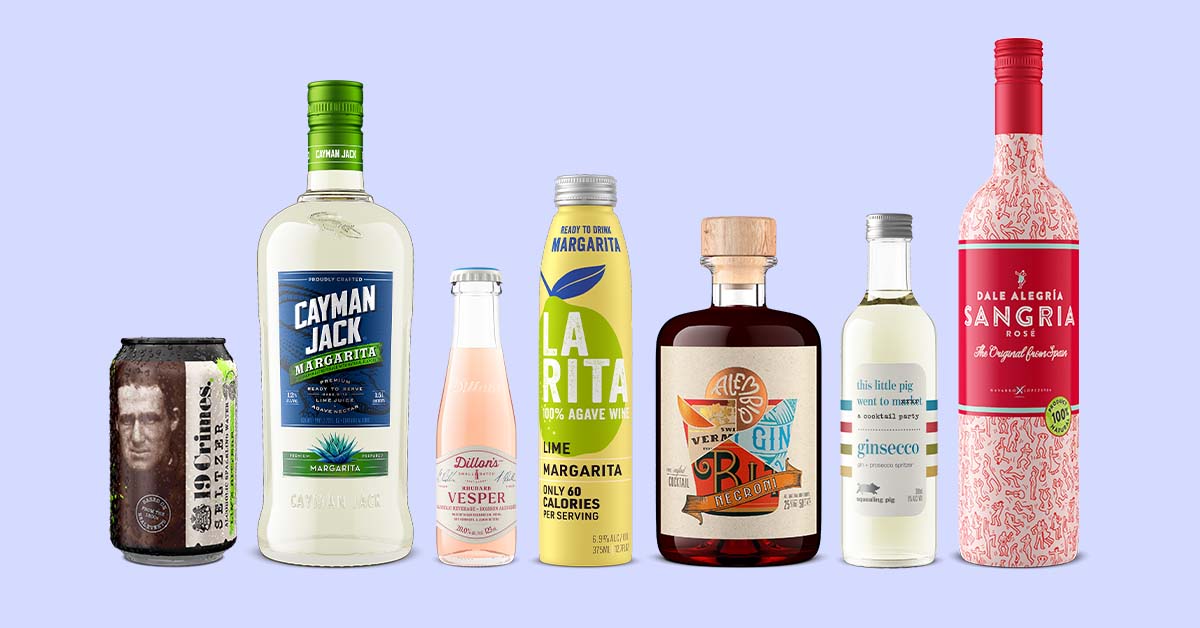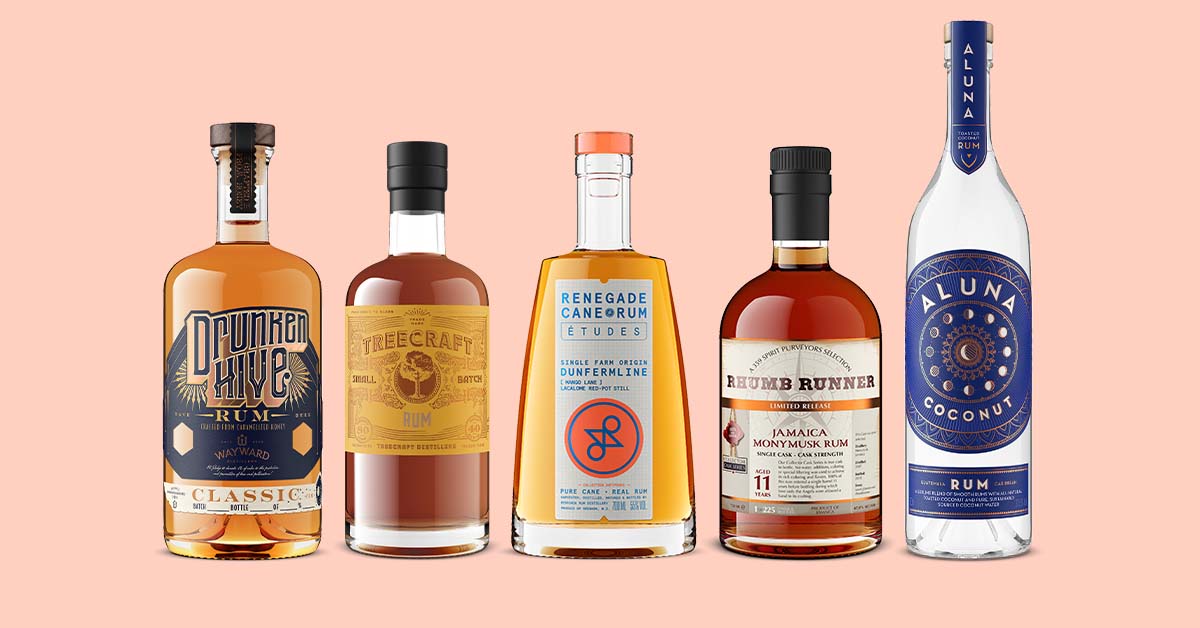Why podcast listeners are valuable to wine brands
Plus 5 ways forward-looking wine brands can use audio to stay relevant to younger consumers.

I often think about podcasting as a hidden revolution.
Perhaps because 92% of us listen to podcasts alone, it’s not an activity that drives Fear of Missing Out (FOMO) that other social media channels do with their explicitly displayed popularity scores in the form of play and like counts.
Just as surprising for me was discovering that 34% of us listen to podcasts as the main activity, rather than listening while doing something else. Dispelling the myth that we only listen to podcasts when we’re doing something else, such as working out or commuting.
These two stats taken together suggest podcast audiences are uniquely engaged with the content they are consuming, with the possible exception of a big Netflix breakout series or the latest Marvel blockbuster; but then again those cost big bucks to produce and promote.
The data on podcast listeners
But don’t be fooled into thinking podcast’s David has no chance against Meta’s Goliath, and the only way to reach your audience is by going viral on social media. The podcast momentum has been building slowly but surely over the last decade or so and the data suggests the category has come of age.
In 2021, Edison Research survey of digital media consumer behavior in America showed:
- 57%, or approximately 162 million Americans, have listened to a podcast at any time, an 8% increase since the 2020 survey.
- 41%, or approximately 116 million Americans have listened in the past month, a 16% rise since last year.
- 28%, or approximately 80 million Americans have listened in the past week, a 17% increase over the same period.
Meanwhile in the United Kingdom, 24% of the population, or approximately 16.3 million people, listen to podcasts every week. Wine brands should be taking advantage of the attention shift towards audio in order to tell the stories behind the brand. I’m passionate about this, based on the steady growth in listener engagement Interpreting Wine has enjoyed since 2017.
57% of Americans have listened to a podcast.
Here’s revealing data from my podcast, Interpreting Wine, from 2020 and 2021:
- 61% of listeners play the whole episode and the average listener engagement per play was 22.5 minutes
- 70% of listeners work in the wine trade
- The top two listener locations were United States (33%) and United Kingdom (27%)
- The remaining eight countries in the top ten contributed 20% of listens, headed by Ireland, Australia, and Canada.
Why make podcasting part of the marketing mix?
The audio canvas is a much bigger one with which to storytell. In February 2021 Interpreting Wine released its longest ever episode, lasting over 90 minutes, which kicked off the three-part Washington State Wine deep dive series. Far from putting subscribers off, the feature-length episode saw listener engagement hold steady and consumption per play topped 48 minutes. Just think of all the stories your wine brand would like to tell, but which it normally can’t because of the need for brevity in written and video format. Podcasting allows you much more time to develop those stories in the mind’s ear of the consumer. Indeed, the listener engagement from a single episode of Interpreting Wine delivers 6-15x the engagement of an in-person wine fair.
Secondly and perhaps most importantly, is that the growth of podcasting is driven by a younger demographic. The monthly listening figure in the US jumps from 41% for all age groups (12 and over) to 56% for the 12 - 34 age group. This younger demographic accounts for 50% of all podcast listeners, far exceeding its numbers in the general population. These figures are also true of Interpreting Wine, where the largest listener group is aged 18-22 followed by those aged 23-27.
But I may well be preaching to the converted and the message is getting through after all. I recently shared a poll on Linkedin asking if wine brands had considered using podcasts to tell their story online? 69% of respondents said they had. I like to think this is a sign that wine brands are finally ready to take advantage of the (until now) well hidden opportunities presented by audio podcasting.
5 ways forward-looking wine brands can use audio to stay relevant to younger consumers.
- Start a podcast. Perhaps the most obvious reason, as we’ve established, is because it’s where your younger audience will be. But remember it’s a communication tool and the start of a conversation. So keep it interesting to the listener by focusing on the stories behind the bottle, rather than trying to sell.
- Once you’ve started a podcast, spend time (a lot of time) to promote it. It’s never been easier to start a podcast, and while that’s great news for you, it’s also great news for everyone else. The secret to growing an audience in 2022 is to invest at least the same amount of time in promoting your podcast as you do in creating it. That being said, wineries with a physical location are uniquely placed to promote their podcast directly to their customers.
- Create a music playlist. Audio isn’t only podcasting and there are many other ways to create a connection. So ask yourselves, what set of tracks would you like customers to associate with your brand? Compiling these into a playlist (and again remembering to promote it) can be a powerful way of staying front of mind before, during, or after the next bottle.
- Capture audio tasting notes from your winemaker and upload them to your website. I introduced this first-of-its-kind innovation for a UK based wine merchant at the start of the pandemic. Website-based producer tasting notes helped customers decide on which wines to buy, as well as giving them a reason to return to the site once they’d opened the bottle for the guided audio commentary, direct from the winemaker.
- Reach out. I’d love to hear from you if you have considered creating a podcast in the past and haven’t gotten as far as producing one. I’d especially like to hear from those of you who started a podcast that didn’t last. It’s a really great time to take advantage of this specialist channel and I’d love to learn more about your business and whether I might be able to help you reach more of the right customers. Just drop me an email to hello@interpretingwine.com and I’ll be happy to help.

Lawrence Francis is the Founder of Interpreting Wine, helping wine brands market themselves better online and in-person. Since 2017 he’s generated 100,00s hours of engagement for brands including Austrian Wine, New Zealand Wine, Willamette Valley and Washington State.
Keen to learn more about podcasting can work for your wine brand?
Lawrence hosts regular online small group marketing sessions for wine regions and producers. Registration is open for the next session at www.interpretingwine.com/roundtable





















